The concerns about MLB’s new uniforms from Nike and Fanatics continue to grow. … We break down what a 14- or 16-team playoff would mean for college football. … It’s salary-cap crunching season for NFL teams. … And a historic baseball museum is benefiting from a video game.
—David Rumsey
|
|
|
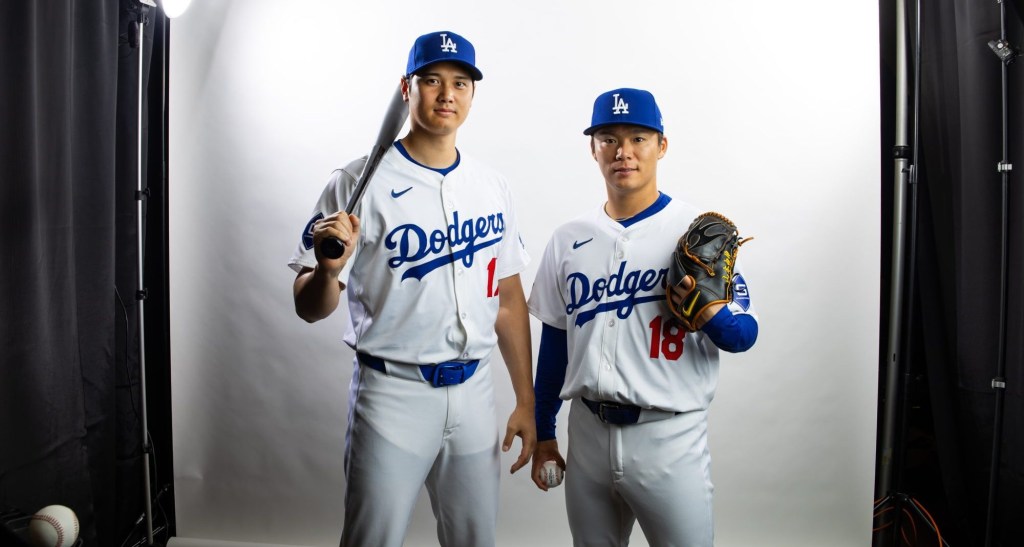
|
Mark J. Rebilas-USA TODAY Sports
|
MLB’s new see-through uniforms are revealing more problems for the league.
The league’s much-discussed and often-reviled new uniforms, developed in partnership with Nike and Fanatics, have continued to roil players and fans alike and are now rising to become a potential labor issue.
MLB Players Association executive director Tony Clark was the latest to sound off on the new-look designs, which are aimed at offering players a lighter, more flexible, and more breathable fabric in which to play, but which have garnered widespread complaints about their aesthetics. The union leader said the organization is seeking changes to the uniforms before Opening Day and that it is working to ensure something “reflective of what being a major league ballplayer should be.
“Hopefully, we can get something done over the course of the next six weeks of spring training because I’d hate to be in a place where we’re still having conversations about some of the challenges we’re having in that regard once the lights come on for real,” Clark said following a visit with Angels players.
His comments arrived in tandem with the Cactus League media days this week in which a new round of player photos and social media content reinforced just how transparent the new uniforms are, with shirttails and undergarments plainly visible, particularly for those in white home jerseys and pants, like the Dodgers (above). Other player complaints—in some cases likening the uniforms to replicas—include reduced customization options for fit, smaller lettering, misaligned characters, and a cheaper overall look.
Prior League Testing
MLB did test this new fabric during last year’s All-Star Game in Seattle and received plenty of player praise at the time. Some players have applauded the shift, including Angels star Mike Trout, who said of the new uniforms, “Change can be good and I’m a big fan of these!!!” But the recent spring training media days have shown much more transparency with the white pants than those worn last summer by the American League All-Stars.
League commissioner Rob Manfred has pleaded for more time in evaluating the new uniforms and said an adjustment period is required.
“I think after people wear them a little bit, they are going to be very popular,” Manfred said.
|
|
|
|
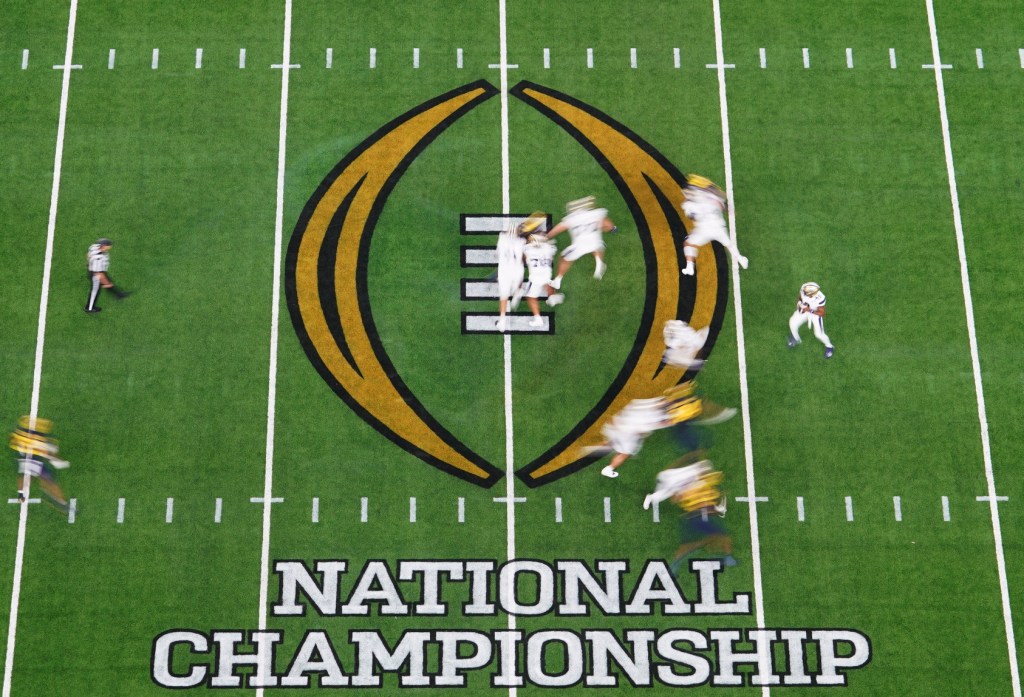
|
James Lang-USA TODAY Sports
|
With the dust still settling on the College Football Playoff modifying the qualifying format for the expanded 12-team tournament that begins next season, talk is already shifting toward making that field even bigger. While meeting in Dallas this week, leaders of the CFP discussed the potential for a 14- and even 16-team playoff as soon as 2026, according to multiple reports.
The impact of growing from four to 12 teams won’t even be fully realized until next winter, and further expansion will surely lead to more ripple effects. Here’s what we know and what’s at stake:
First-Round Revenue
In December, the top four seeds will receive byes, while seeds 5–8 will host home playoff games against seeds 9–12. The CFP will retain all ticket revenue from those matchups and distribute it across conferences, the organization confirmed to Front Office Sports. So a 16-team playoff would simply mean more ticket revenue to share, as opposed to four more schools cashing in on a home playoff game. Details are still being finalized on what will happen to other revenue from things like concessions and parking.
Which Bowls Benefit?
In December, after the four first-round games on campuses, the quarterfinals and semifinals will be hosted by the traditional New Year’s Six bowls. A 16-team playoff could make even more schools unavailable for non-CFP matchups, but Nick Carparelli, the executive director of Bowl Season, is still optimistic about the future. “We’re very hopeful that after they experiment with the campus games this year, that they’ll realize that the bowl game experience is better for everyone involved,” he tells FOS. “College athletics—regardless of the sport—has always embraced the neutral site concept for postseason competition. And we think college football should maintain that.” Carparelli has one major reason in particular: “If there’s a discrepancy in the seeding of the playoff and a quality team has to go on the road, they may not think it’s such a good idea as they do now.”
Divvying Up TV Pie
FOS media reporter Michael McCarthy cites the law of unintended consequences in predicting the ensuing fallout: “My concern is how the expanded playoff will devalue the media rights—and overall value—of non-CFP bowl games. Once ESPN and other media giants divide up the only bowls that will matter, who’s going to want to televise second- and third-tier games? Even Barstool Sports might be backing out of college sporting events. On the business side, who’s going to sponsor these meaningless exhibitions? Chico’s Bail Bonds? So, good luck to these businesses in the future. Unless they come up with a gimmick like the Pop-Tarts Bowl, they’re going to need a new business plan.”
But Fox Sports college football announcer Tim Brando tells McCarthy more playoff expansion is “tremendous for the overall growth” of the sport, in particular creating more meaningful matchups in November.
Athlete Representation
Amanda Christovich, college sports reporter at FOS, says, “The talk of yet another College Football Playoff expansion illustrates the glaring lack of athlete representation in the sport. In the pros, any game expansion would be negotiated with a players’ union—just look at the back-and-forth between the NFL and the NFLPA over expanding the regular season to 17 games over 16. Especially in a sport like football, more games means more hours and more opportunity for injury. While player well-being was discussed as part of the 12-team expansion, it wasn’t the main issue. As always, the main issue was revenue generation—and that trend appears to be continuing as administrators consider future CFP models.”
|
|
|
|

|
The NFL’s new league year begins in less than three weeks and, more important, unrestricted free agents are permitted to sign deals with any team beginning at 4 p.m. ET on March 13. The expected 2024 salary cap for each team will reportedly be “in the neighborhood of $242 million to $243 million,” according to ProFootballTalk. The ’23 salary cap was set at $224.8 million. Which teams have the most money to spend? Here are the top five, according to Over the Cap, led by the Commanders and their managing partner Josh Harris and new head coach Dan Quinn (above):
- Commanders: $73,649,626
- Patriots: $69,527,006
- Bears: $66,996,157
- Titans: $65,248,381
- Bengals: $59,436,373
Which teams are currently over a projected cap of $242 million? Here are the bottom five:
- Broncos: -$24,113,842
- Chargers: -$35,516,935
- Dolphins: -$51,898,203
- Bills: -$55,142,609
- Saints: -$83,683,454
|
|

|
On this day 36 years ago: A key Chicago city council committee voted to allow the Cubs to install permanent lights at Wrigley Field and play up to eight night games in 1988 (and up to 18 in future seasons), paving the way for full council approval of the plan two days later. More than 50 years after MLB’s first night game, the Cubs remained an anachronism, playing all home games in the day. That lack of night games stemmed in part from opposition by neighboring Wrigleyville residents and helped inspire a Lee Elia tirade in ’83 that still remains one of the most intense managerial rants in league history. But it also meant the Cubs were routinely missing on national broadcast opportunities—and even might have been forced to play the ’85 World Series entirely on the road had the team qualified.
The Cubs’ first night game happened in August 1988 and immediately proved a boon for the club. Boosted by both the lights and a contending Cubs team in ’89, Chicago set a franchise attendance record of 2.49 million that year. The lights also enabled Wrigley Field to host MLB’s All-Star Game in ’90. The team’s historic march to the 2016 World Series title additionally featured a series of night games at Wrigley Field. Day baseball is still fundamental to the Cubs’ brand, and 50 such home games are scheduled for ’24. But as the city has expanded Wrigley Field night permissions since the 1988 votes, the Cubs have used play under the lights to help solidify the 110-year-old Wrigley Field as an icon of the sport.
|
|

|
“Who knew that a video game partnership would be one of the most meaningful, significant things this museum has ever done?”
—Bob Kendrick, president of the Negro Leagues Baseball Museum, on how its partnership with MLB: The Show has drawn huge traction for the museum. To hear more stories from the museum, check out the latest episode of Front Office Sports Today.
🎧 Listen and subscribe on Apple, Google, and Spotify.
|
|
- Most teams have beat reporters. But certain players are more popular than even some teams—like Argentine soccer star Lionel Messi. Meet Safid Deen, a sportswriter for USA Today who now covers Messi exclusively.
- MLS and Fanatics have unveiled Debut patches for all players making their league debut this season. After each match, equipment managers will send the patch to Topps to be used in a trading card.
- Remember the Expos? Netflix has announced plans for a new documentary exploring their departure from Montreal in 2004.
|
|
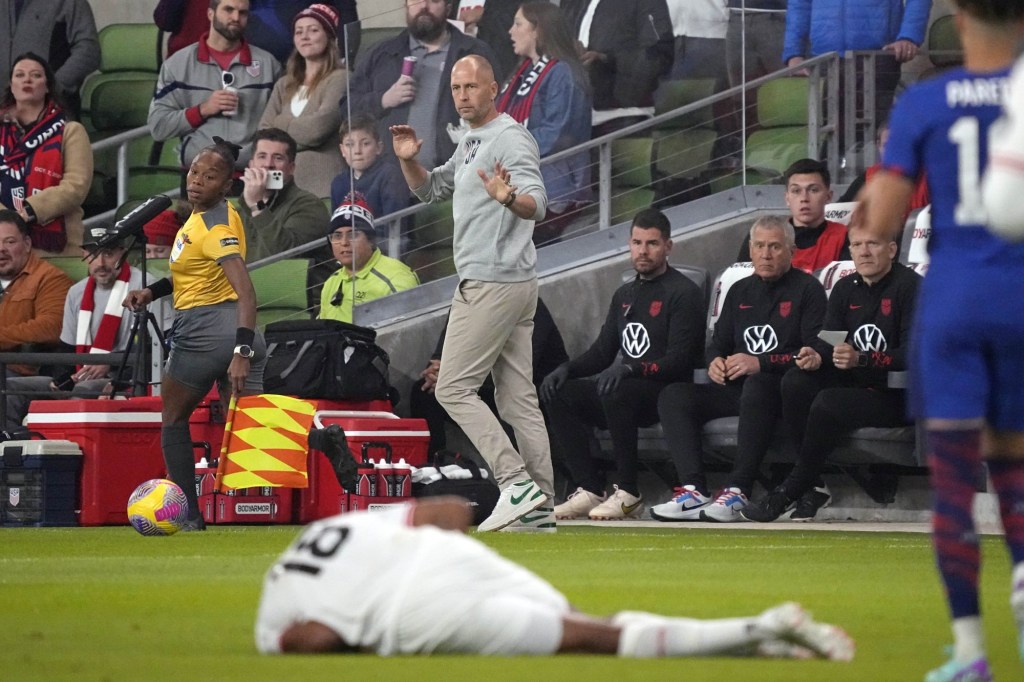 | U.S. men’s coach bonuses were nearly double the salary of women’s soccer coaches. |
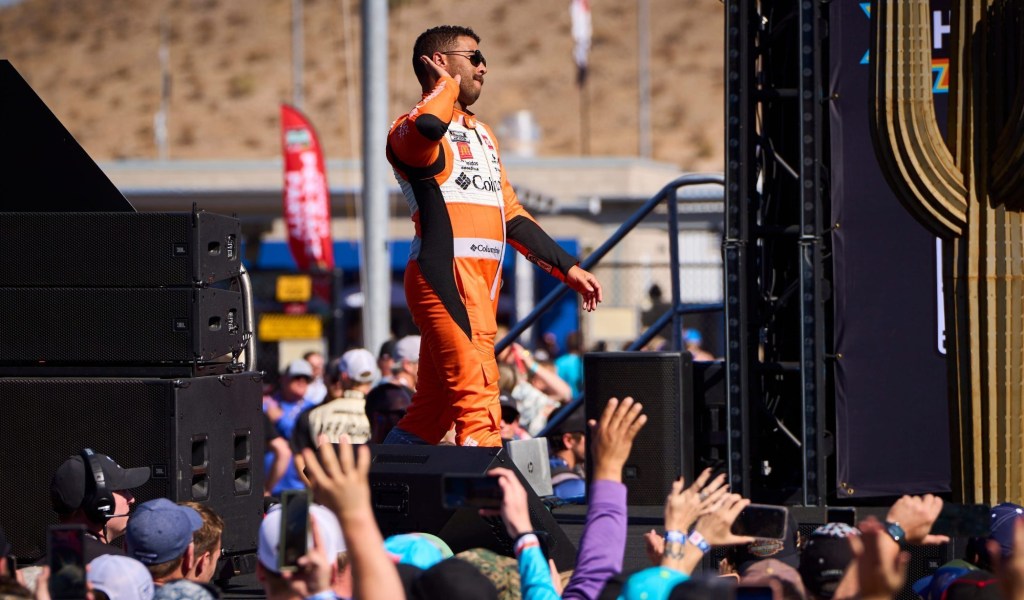 | NASCAR boldly keeps pace with the increasingly competitive sports and entertainment world. |
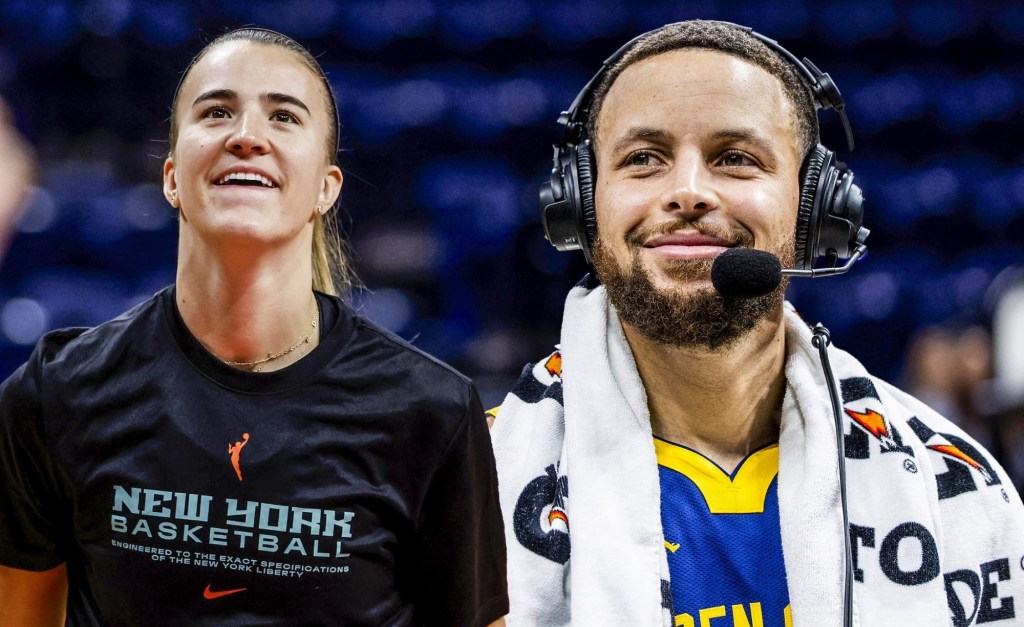 | The competition could play a factor in increasing the WNBA’s media value. |
|
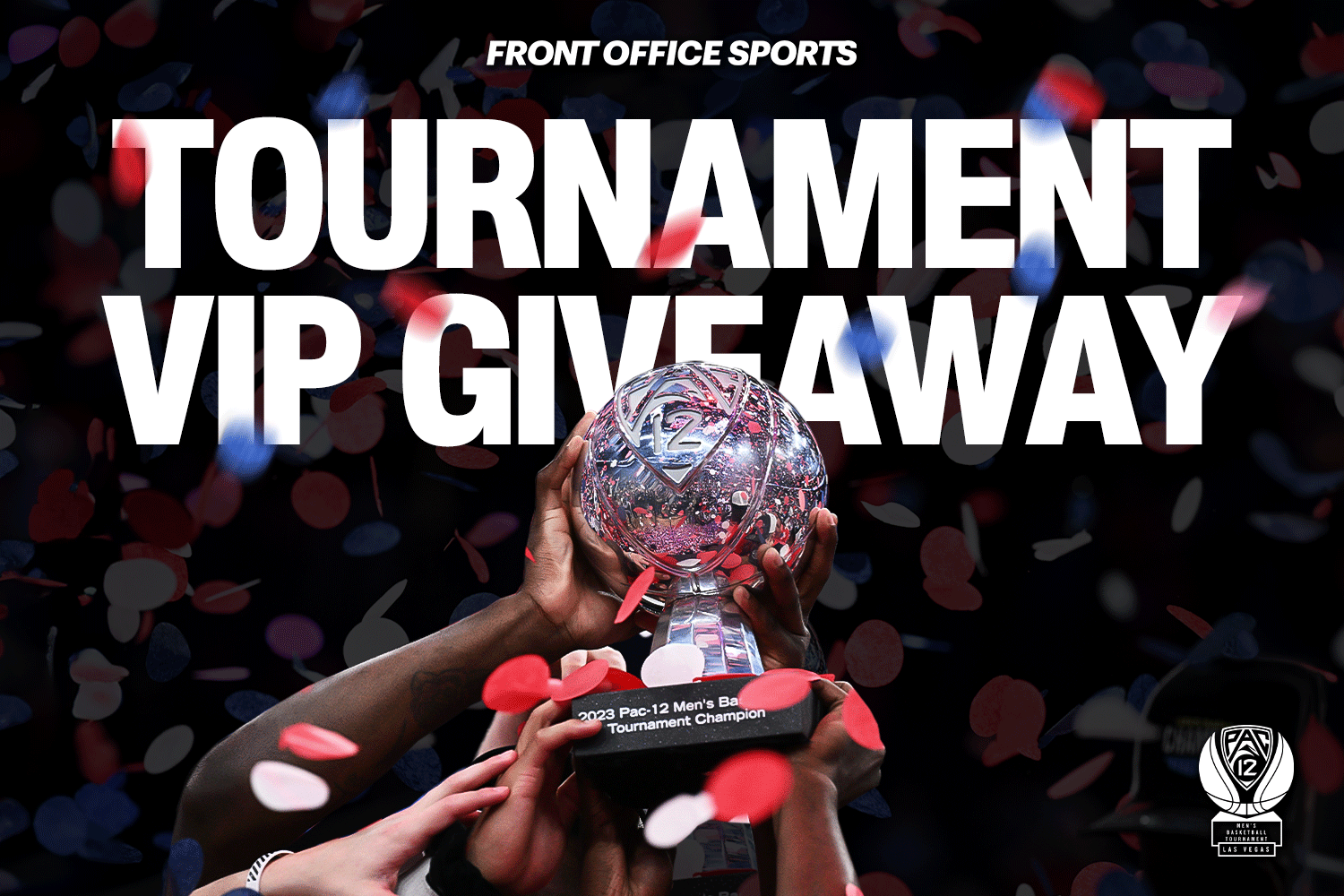
|
Front Office Sports has teamed up with the Pac-12 Conference to provide a VIP experience to the Pac-12 men’s basketball tournament in Las Vegas from March 13 to March 16, 2024.
One lucky winner will receive two (2) all tournament passes with club access to the tournament at T-Mobile Arena. The winner will also receive a hotel room for four (4) nights in Las Vegas, a food and beverage voucher, and two (2) tickets to a Cirque du Soleil show. For more information on the Pac-12 men’s basketball tournament, visit Pac-12.com. Deadline for entry is Feb. 25, 2024.
See Official Rules for details.
|
|
ENTER HERE
|
|
|












